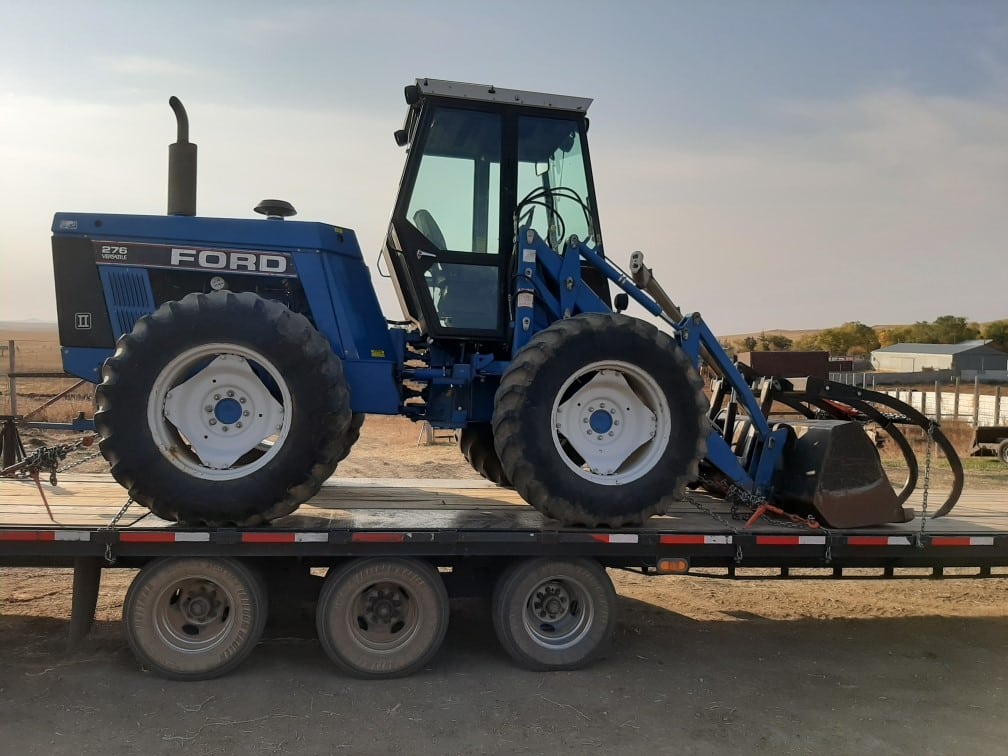During the 20th century, Ford has been one of the most successful manufacturers in the tractor industry, partially because of its early development of assembly lines that enabled them to market affordable machinery. Popular Ford models include:
- Ford 3000
- Ford 4000
- Ford 4600
- Ford 7610
The U.S. Ford brand and its European counterpart were consolidated in the early 1960s through its global tractor line. The 2000 series was built to replace the 601 while the 4000 series was created to replace the 801. Ford also introduced the 6000 series, a powerful six-cylinder, heavy-duty tractor line. This new series of tractors came with a revamped diesel engine and continued production until 1975.
New Holland Machine Company was founded in 1895 in New Holland, PA. It was acquired originally by Sperry, and in 1975, Sperry New Holland introduced twin-rotor combines, and later, the New Holland T.G. tractor series. When the Ford Motor Company acquired New Holland in the mid-1980s, the Ford-New Holland line of tractors was born. Despite multiple acquisitions, the New Holland Agricultural company has continued to produce machinery, including the world’s first tractor powered by renewable energy.


